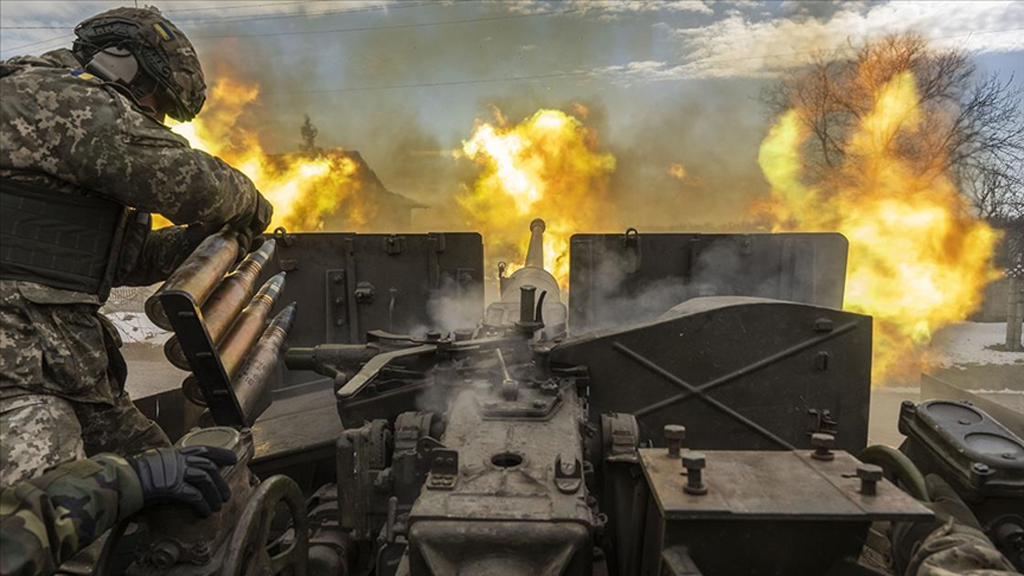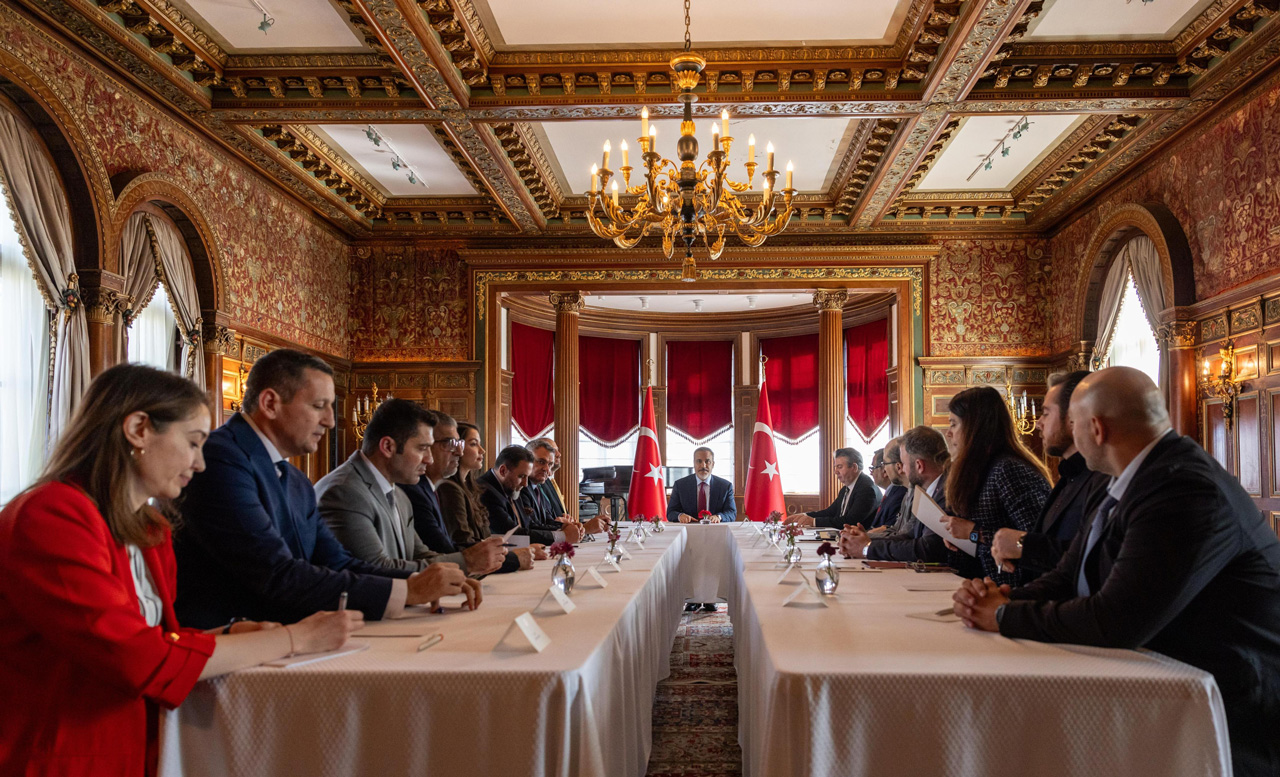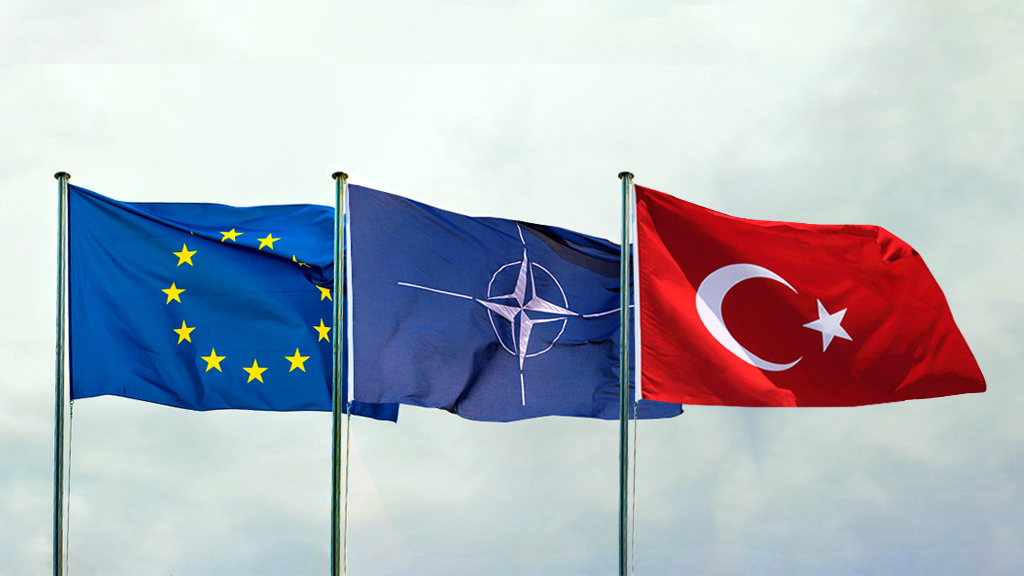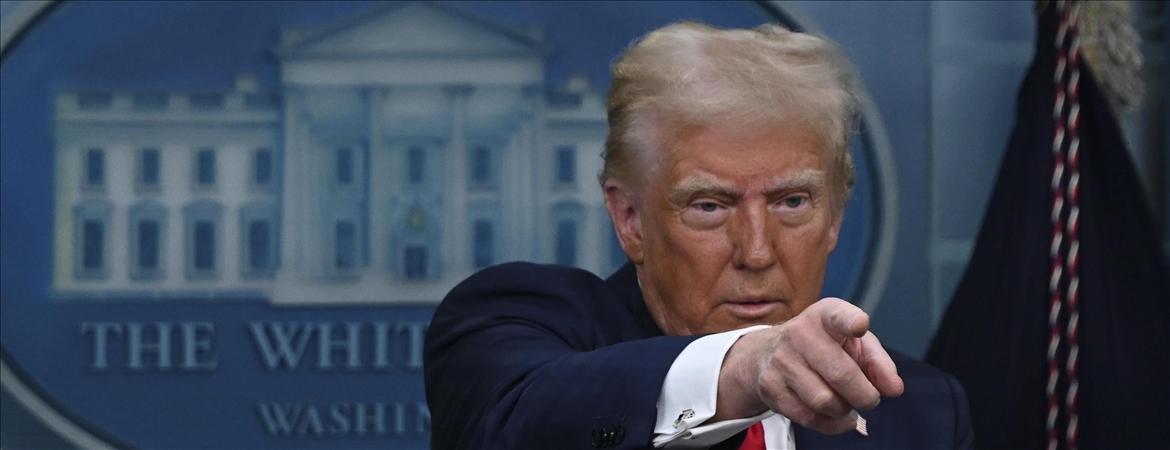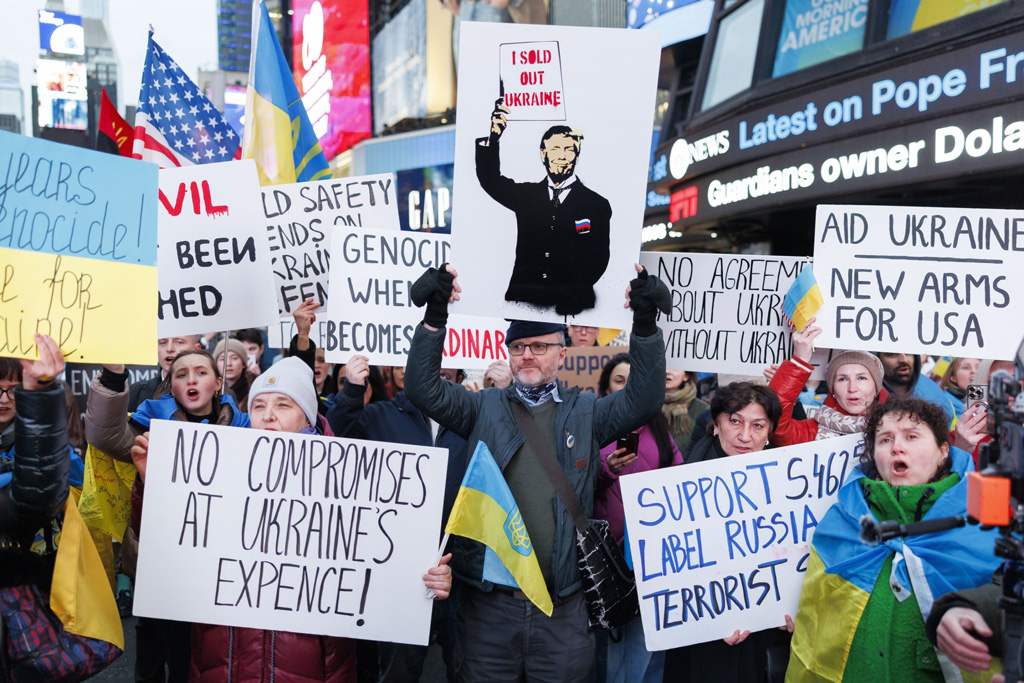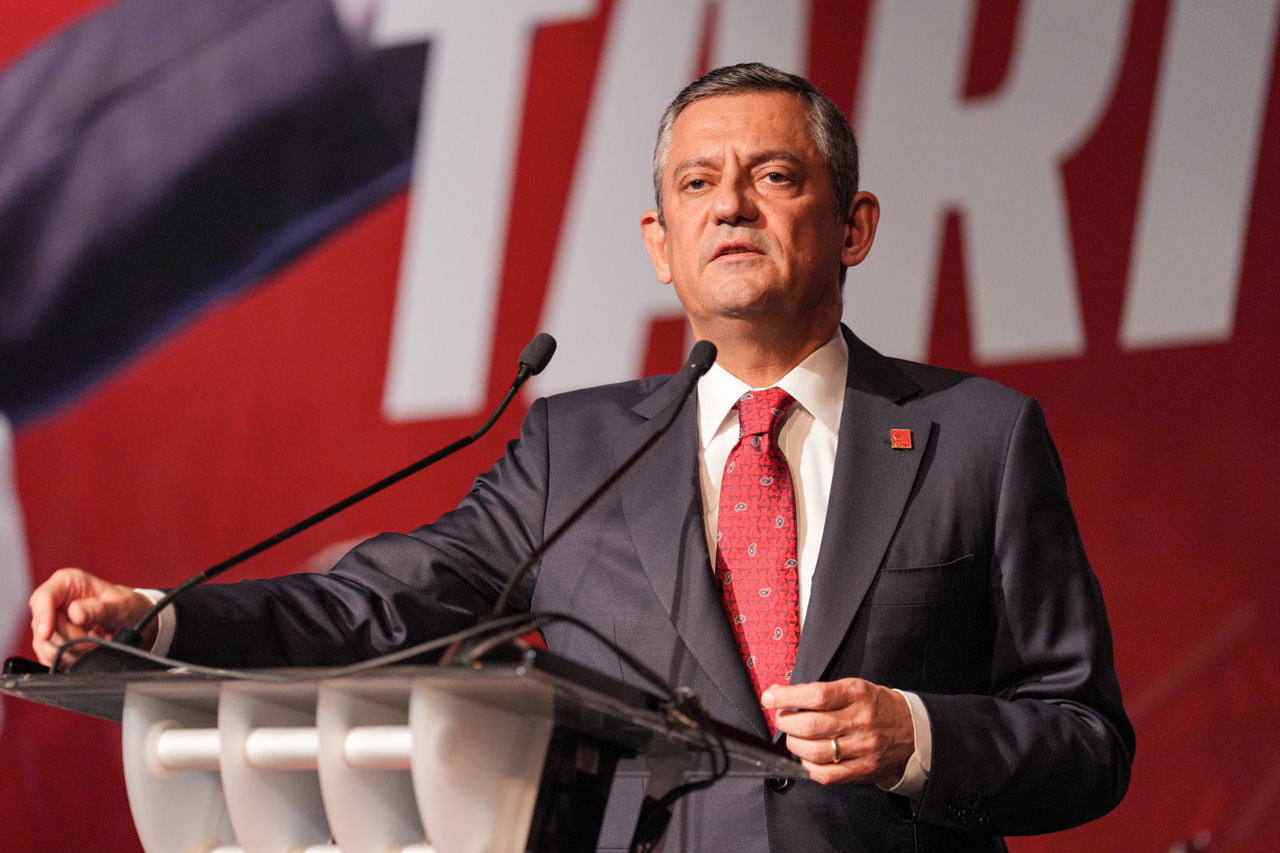Donald Trump’s remarks on his call with Russian President Vladimir Putin completely upend the official US narrative on the Ukraine war. Since Russia’s invasion, Washington has led Europe and NATO in isolating Moscow. But with Trump’s return, the US is not only abandoning that strategy—it appears willing to concede to Putin’s demands before negotiations even begin.
During his campaign, Trump repeatedly claimed that the war would never have started if he had been in power. He also promised to end it swiftly upon taking office. Now, it seems he is ready to pressure Ukraine into accepting concessions on NATO membership and territorial losses to achieve that goal. By pushing for a peace deal on Putin’s terms, Trump signals that the US is no longer committed to the principle that borders cannot be changed by force—undermining a fundamental tenet of post-Cold War security and reducing the likelihood of a lasting peace.
US Policy on Ukraine Under Bush and Obama
US policy on Ukraine has long been inconsistent. While Washington supported EU and NATO expansion despite Russian opposition, it remained more cautious about fully integrating Ukraine. As Ukraine became more economically tied to Europe, Putin saw it as a direct threat.
The Bush administration took an aggressive stance, announcing plans to deploy ballistic missiles in Eastern Europe (2007) and backing NATO membership for Ukraine and Georgia (2008). Russia responded with warnings of a deep crisis and military countermeasures.
The Obama administration initially sought a “reset” in relations with Moscow, including the New START treaty to reduce nuclear arsenals. But on Ukraine, Obama remained hesitant. While he prioritized arms control, he avoided direct confrontation with Russia—even after Putin’s annexation of Crimea in 2014. Instead of responding decisively, Obama imposed limited sanctions, inadvertently sending a message that changing borders by force was not unthinkable.
From Biden to Trump: The Ukraine Aid Debate
Russia’s 2014 annexation of Crimea signaled its determination to prevent Ukraine from integrating with the West. But the full-scale invasion in 2022 shocked the international system. Many analysts argue Putin saw Biden’s efforts to rebuild Western alliances—and the US withdrawal from Afghanistan—as an opportunity. But regardless of timing, Russia’s long-standing opposition to Ukraine’s Western alignment was no secret.
Ukraine’s resistance, coupled with Biden’s rapid mobilization of European allies to isolate Russia, thwarted Moscow’s initial goals. However, after three years of high costs and slow but steady Russian advances, it has become clear that Ukraine cannot sustain its defense without US support.
Despite Biden’s insistence on continued aid, Trump-aligned Republicans argue that the US is entangled in a futile war that will inevitably end in a Russian victory. Trump has effectively convinced voters that America should focus on securing its own borders rather than spending billions on Ukraine—glossing over the fact that much of that aid flows back into US defense contractors. More damaging to Biden, however, is the perception that his administration lacks a clear strategy to end the war, making Trump’s position more appealing.
A Lasting Peace?
Trump’s comments on his call with Putin, along with remarks from his defense secretary nominee Pete Hegseth ahead of the Ukraine Defense Contact Group meeting, suggest that his administration is already conceding to Russia’s demands. Hegseth’s statement that Ukraine’s pre-2014 borders and NATO membership are “unrealistic” weakens Kyiv’s negotiating position before talks even begin.
Trump’s eagerness to declare an end to the war signals that he is willing to accept the battlefield realities as they are. However, this approach risks playing into Putin’s hands. If Moscow is simply buying time to regroup and launch another attack in the future, a rushed peace deal could pave the way for renewed conflict rather than lasting stability.
The prospect of a truly permanent peace seems slim given the history of the conflict. In the short term, a ceasefire and limited territorial adjustments might be possible. Whether Ukraine formally abandons its NATO ambitions will depend on whether the US provides security guarantees. What seems more likely is a series of temporary agreements, giving Trump the ability to claim he “ended the war” while allowing Russia to regain strength under eased sanctions.
For Ukraine, the worst-case scenario is losing territory and being forced to remain outside the Western security umbrella, which would leave it vulnerable to future aggression. Such an outcome would also endanger President Zelensky’s political future. With limited options and no viable path to victory without US support, Kyiv may have no choice but to go along with Trump’s demands. But any deal reached under these conditions is unlikely to ensure long-term stability.

